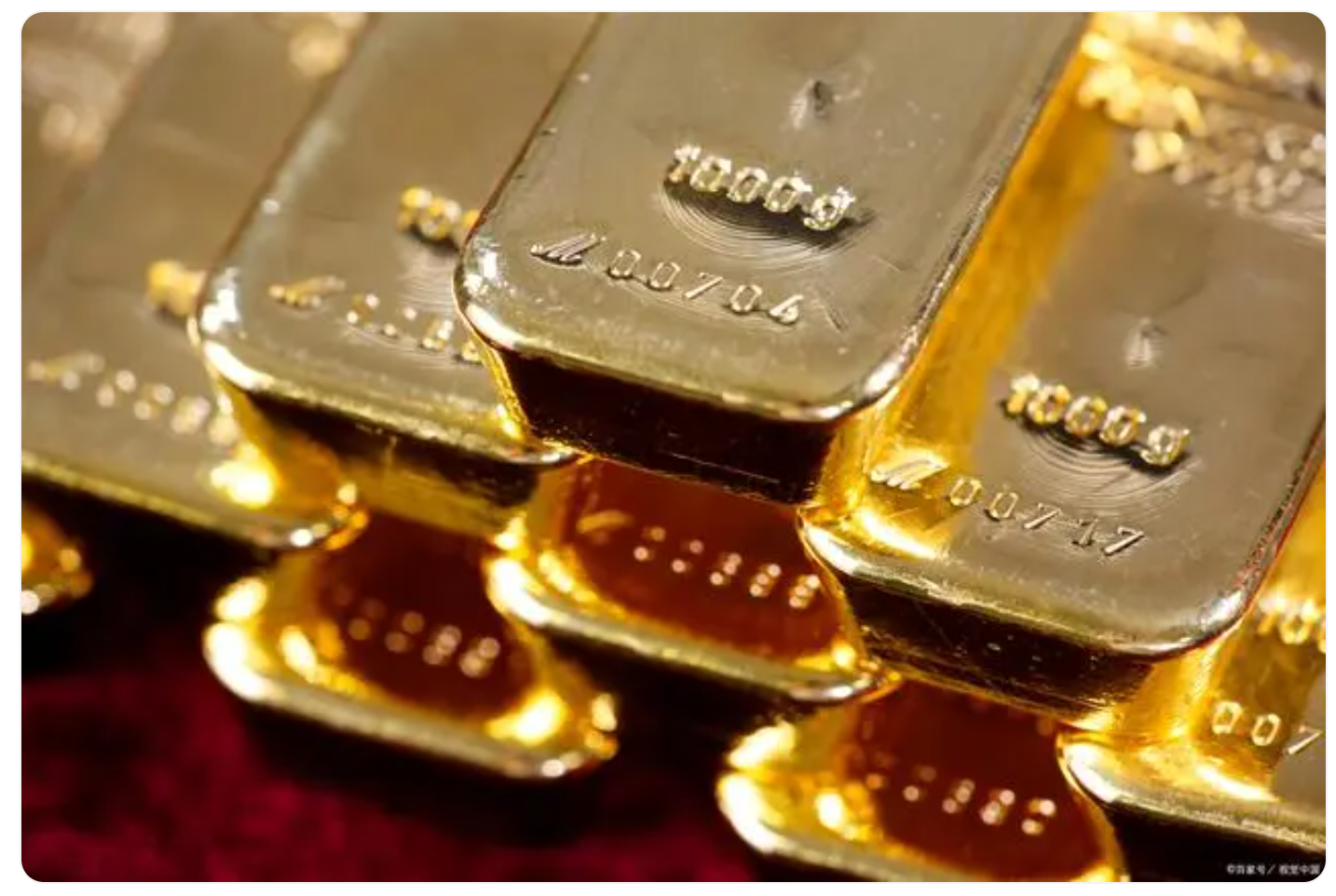Last week (November 20 to 24), the price trend of precious metals diverging, including spot silver and spot platinum prices continued to rise, and spot palladium prices oscillated at a low level.

In terms of economic data, the preliminary U.S. manufacturing purchasing managers’ index (PMI) for November came in below market expectations, hitting a one-quarter low. Affected by the US economic data, the market’s bet on the probability of the Federal Reserve continuing to raise interest rates has been reduced to 0, and the time of future interest rate cuts is wavering between May and June next year.
On the silver related industry news, the latest domestic silver import and export data released in October show that in October, the domestic market for the first time since June 2022 showed high purity silver (mainly refers to silver powder, unwrought silver and semi-finished silver), silver ore and its concentrate and high purity silver nitrate are net imports.
Specifically, in October high-purity silver (mainly refers to silver powder, unforged silver and semi-finished silver) imports of 344.28 tons, up 10.28% month-on-month, up 85.95% year-on-year, January to October cumulative imports of high-purity silver 2679.26 tons, down 5.99% year-on-year. In terms of high-purity silver exports, 336.63 tons were exported in October, up 7.7% year-on-year, down 16.12% month-on-month, and 3,456.11 tons of high-purity silver were exported from January to October, up 5.69% year-on-year.
In October, domestic imports of silver ore and concentrate 135,825.4 tons, down 8.66% month-on-month, up 8.66% year-on-year, from January to October cumulative imports of 1344,036.42 tons, an increase of 15.08%. In terms of silver nitrate imports, the domestic import of silver nitrate in October was 114.7 kg, down 57.25% from the previous month, and the cumulative import of silver nitrate from January to October was 1404.47 kg, down 52.2% year-on-year.
In platinum and palladium related industries, the World Platinum Investment Association recently released its “Platinum Quarterly” for the third quarter of 2023, predicting that the platinum deficit will reach 11 tons in 2024, and revised this year’s gap to 31 tons. In terms of broken down supply and demand, global mineral supply in 2023 will be essentially flat with last year at 174 tonnes, 8% lower than the average production level in the five years before the pandemic. The association further lowered its forecast for recycled platinum supply in 2023 to 46 tonnes, down 13% from 2022 levels, and forecast a modest increase of 7% (about 3 tonnes) for 2024.
In the automotive sector, the association forecasts that platinum demand will grow by 14% to 101 tonnes in 2023, mainly due to stricter emissions regulations (especially in China) and the growth of platinum and palladium replacement, which will grow by 2% to 103 tonnes in 2024.
In the industrial sector, the association forecasts that demand for platinum in 2023 will increase by 14% year-on-year to 82 tonnes, the strongest year on record. This is mainly due to large capacity growth in the glass and chemical industries, but the association expects this demand will fall by 11% in 2024, but will still reach the third all-time level of 74 tons.
Post time: Dec-01-2023











